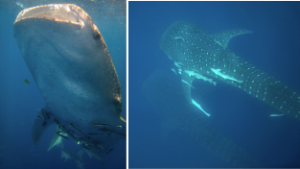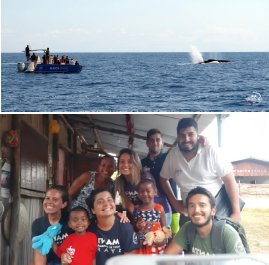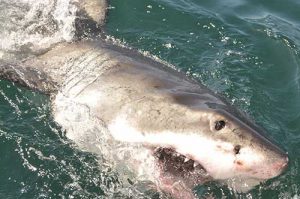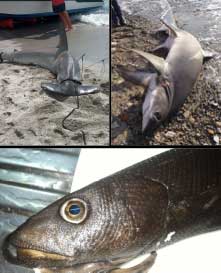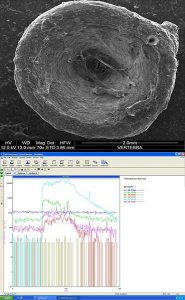Research
FEEDING ECOLOGY OF THE WHALE SHARK IN MADAGASCAR
Carried out in collaboration with the University of Naples “Federico II”, the Shark Studies Center and the Manta Diving of Nosy Be, the project, started in 2017, studies the feeding behavior of the whale shark in the waters around the island of Nosy Be (Madagascar). In particular, the role of phytoplankton (and probably of the DMSP molecule) is investigated as a stimulus that allows the shark to identify the schools of zooplankton it feeds on.
“OCEAN”: MONITORING THE SPATIO-TEMPORAL DISTRIBUTION OF LARGE MARINE VERTEBRATES AT NOSY BE (MADAGASCAR)
The project is supported by the “Special Office for International Relations” of the University of Calabria and it is carried out in collaboration with Manta Diving of Nosy Be. The main aim of the project is to describe and analyze the spatio-temporal distribution of whale sharks, manta rays, sharks and cetaceans in waters around the island of Nosy Be in Madagascar. Furthermore, the influence of environmental factors on the ecology of the species is evaluated as well as the possible conditioning by Climate Change. Field research is conducted on board the ecotourism boats of the Manta Diving. The project also aims to sensitize the local population to the issues of protection and conservation of marine fauna.
SURFACE BEHAVIOUR OF WHITE SHARKS UNDER ECOTOURISM CONDITIONS
This research project started in 2005 and it is carried out in collaboration with the Shark Studies Center, the Instituto Politécnico Nacional – Centro Interdisciplinario de Ciencias Marinas (La Paz, Mexico) and Pelagios Kakunjá (La Paz, Mexico). It aims at describing and understanding the surface behaviour of the white sharks in presence of ecotourism operators. In particular, the team is investigating on:
- individual and social behaviour of white sharks in presence of ecotourism boats
- effect of different baits on the attraction, surface behaviour and conditioning of white sharks during local ecotourism activities
- effects of environmental factors on the behaviour of white sharks
- visual discrimination (shape, color) in white sharks
- personality in white sharks.
MONITORING THE MARINE VERTEBRATE FAUNA (ELASMOBRANCHS, CETACEANS AND BONY FISH) IN CALABRIAN SEAS
Since 2000, the research group has been active in monitoring the presence of large marine vertebrates (especially fish, elasmobranchs and cetaceans). The study is conducted through active surveillance (in particular with visual census on board ferries that travel pre-established routes) and passive (through periodic visits to the fish market, or through research in newspapers, social media, news). The information collected is used to define the presence of these species in the Calabrian seas, to highlight areas of interest for their reproduction and to provide useful information for drawing up conservation plans and programs. At the moment, the cetaceans have been monitored along the ferry routes of the Tyrrhenian coast, the checklist of cartilaginous fish present in the region has been drawn up and the populations of seahorses and fish species of commercial interest are being monitored. Thanks to the recent acquisition of the BRUVS, the monitoring of fish fauna will take place in a widespread manner along all the Calabrian ZSC areas.
DESCRIPTION OF LIFE HISTORY TRAITS OF ELASMOBRANCHS AND MARINE BONY FISH BY TRACE ELEMENTS AND STABLE ISOTOPES ANALYSES
Conducted in collaboration with the ICPM laboratory of the University of Calabria and CICIMAR in Mexico, this line of research reconstructs the traits of the life histories of elasmobranchs and bony fish. In particular, the analyzes are conducted on soft tissues (liver, muscle, skin and brain) and vertebrae. The latter have proved to be an extremely valid study model as they allow to evaluate the variation of trace elements and stable isotopes of C and N in the life of animals. In fact, they grow according to growth lines that follow the growth of the animal: conducting analyzes along these lines allows us to obtain information on the past of each individual. These analysis techniques make it possible to study the trophic and spatial niche of the animal, but also any accumulations of trace elements due to pollution.

